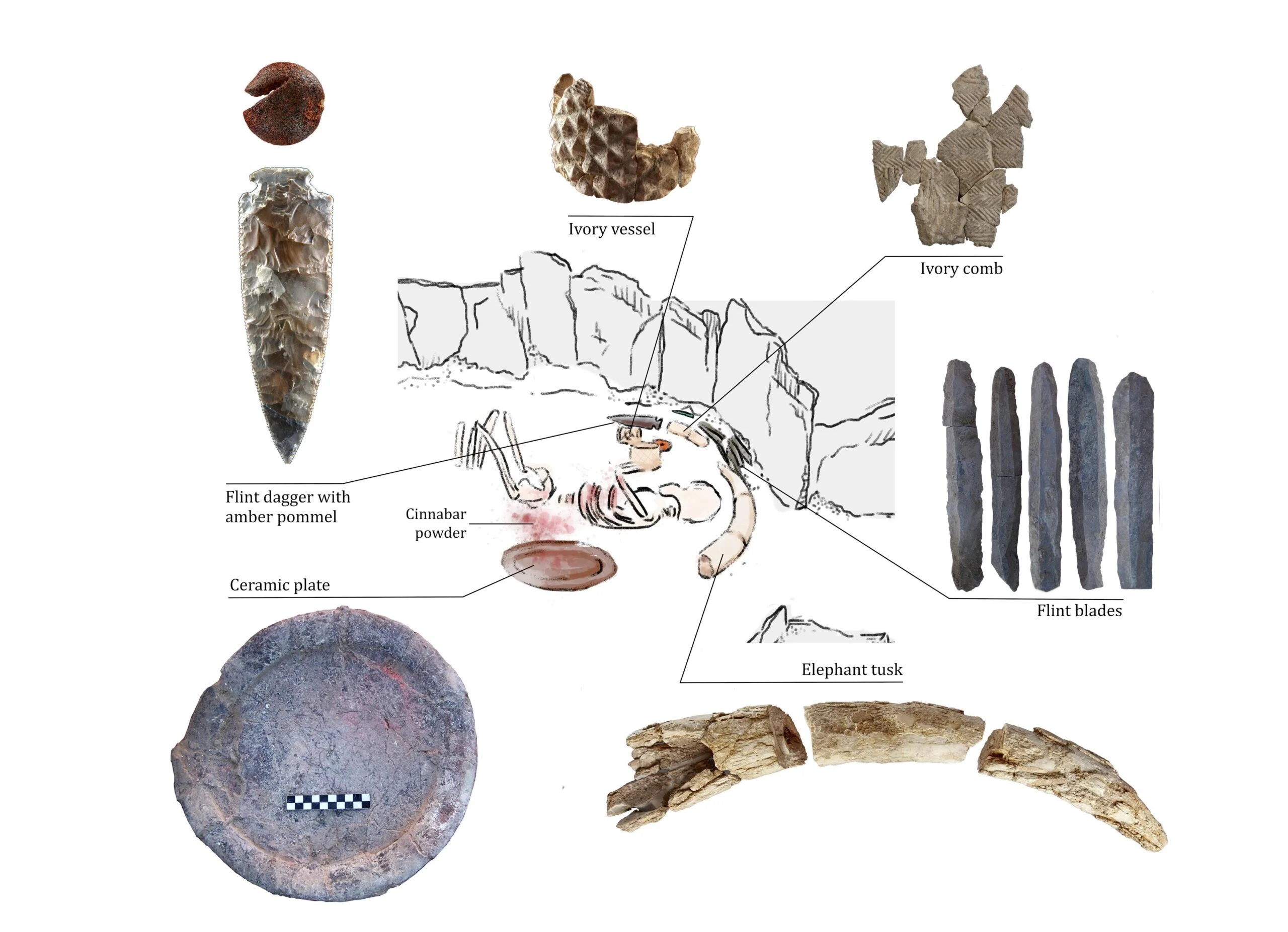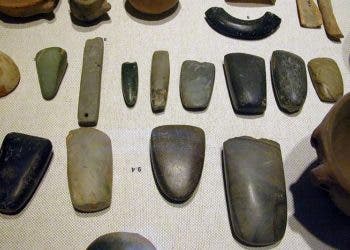The highest-status individual in ancient Copper Age society in Spain was a woman and not a man as previously thought. Since their discovery in 2008, the remains of an individual buried in a tomb in the Iberian Peninsula between 3,200 and 2,200 years ago were thought to belong to a man. However, a new study showed this person was a woman.

Since discovered in 2008, the remains of an individual buried in a tomb in the Iberian Peninsula between 3,200 and 2,200 years ago were thought to belong to a man. This was because of an analysis of the pelvis and the fact it was a single occupancy burial site and that it was filled with valuable items, such as ivory tusks and a crystal dagger.
The researchers back then called the man “Ivory Merchant” and believed he had a high position in Copper Age society in Spain. However, a new study is now suggesting the “Ivory Merchant” was in fact the “Ivory Lady.” Leonardo García Sanjuan, one of the researchers, told Reuters she was “the most prominent person” that lived in that period.
Roberto Risch, an archaeologist at the Autonomous University of Barcelona, not involved in the study, told Science that the findings confirm that women had authority and prestige in the Copper Age, something many previously suspected. This new perspective “fits much better with our understanding of the Copper Age,” Risch added.
Debunking previous findings
The woman’s tomb was first discovered in Valencia on Spain’s southeastern coast. The area was a hub for trade and exchange of information during the Copper Age. “This site was important and was the largest civilization site in Iberia,” García Sanjuan told Live Science. “It was a central gathering that connected people from afar”

As the skeleton’s pelvic region wasn’t well preserved, the researchers used a relatively new method that studies the enamel-forming protein amelogenin. Male and female sex chromosomes possess distinct variations of the gene that produces the protein. The team analyzed the elite individual’s teeth and confirmed that it was a woman.
The skeleton suggests she was 17 to 25 years old when she died. Archaeologists believe social status in society wasn’t determined by birth, as no infants were found buried with valuable artefacts. This absence then suggests that the position held by the Ivory Lady was likely attained through their charisma and accomplishments.
While not much is known about her, the researchers believe she was likely the highest-ranked person in this specific society. They found chemical traces of wine, cannabis and cinnabar (a form of mercury) near her body, which suggests she participated in religious rituals. The isotopes in her bones also indicate that she mostly lived locally.
“Neither in Valencia nor in the whole of the Iberian Cooper Age has any other grave been found which remotely compares in material wealth and sophistication to” the grave of the Ivory Lady,” the researchers wrote in their paper. “These results raise entirely new questions regarding the nature of early forms of political leadership.”
The study was published in the journal Scientific Reports.



